| Note: This post has gotten so many hits from people who searched Google for "What is the Bible's Definition of Marriage," that I have followed up with a new post reviewing some of the key verses of the Bible that are claimed as a definition of marriage. This post discusses what the Hebrew Bible says about marriage and how we should respond to the Bible's message. |
The president later went further to justify his position in religious terms. He said, "Obviously this position may be considered to put [Michelle and me] at odds with the views of others but, you know, when we think about our faith, the thing at root that we think about is, not only Christ sacrificing himself on our behalf, but it's also the Golden Rule, you know, treat others the way you would want to be treated" (paraphrasing Leviticus 19:18, "Love your fellow as yourself").
Predictably, this has set off a torrent of statements from religious conservatives who oppose marriage rights for gays and lesbians. Just as the president did, they have claimed that their position is rooted in the Bible.
The Rev. Bryant Wright, president of the Southern Baptist Convention, called Obama's statements "a calculated, politically expedient decision that completely ignores the biblical foundation of marriage." The Rev. Leith Anderson, president of the National Association of Evangelicals, said, "The evangelical community is broadly committed to define marriage as between one man and one woman and will not accept an unbiblical definition."
Each side claims that its position is informed by the Bible. Can they both be right? What, exactly, does the Bible say about marriage and homosexuality? Does the Bible define marriage, as Rev. Anderson states, as "one man and one woman"?
Not much and not really.
Both the Hebrew Bible and the Greek Scriptures (which Christians call the "Old Testament" and the "New Testament") have opinions and laws regarding marriage, but there is no one, consistent view throughout. What is clear, though, is that the biblical view of marriage is very much unlike modern conceptions of marriage.
For example, the idea of fidelity in marriage only works in one direction in the Bible. The sin of adultery is limited to the case of a man who takes another man’s wife. Because the Bible permits polygamy, a man cannot commit adultery by having multiple sex partners, as long as none of them is married to another man (Leviticus 20:10).
Marriage, in some parts of the Bible, is defined by nationality. In the books of Ezra and Nehemiah, marriage is exclusively limited to the union of two Israelites. All other marriages were null and void. (Ezra 9:12, Nehemiah 9:2).
Also, marriage in the Bible could be coerced. The book of Deuteronomy defines rules for a man to acquire as wife a woman captured in battle (Deuteronomy 21:10-14). There are circumstances in which a man is required to marry a woman whom he has raped (Deuteronomy 22:28-29).
Contemporary Judaism and Christianity do not accept marriage as it is defined in the Bible. Both traditions, over the centuries, have created new models for marriage in which both partners mutually agree to marry and in which both partners are bound by oaths of fidelity. To claim a single "biblical" or "traditional" definition of marriage, as have the opponents of equal marriage, is to invent an idealized past and to deny thousands of years of change.
And the change and adaptation are ongoing. Marriage today is not the same institution as it was even two hundred years ago, let alone two thousand. Before the Civil War, most states in the United States gave married women little control over the property they brought into a marriage. A woman's rights to buy, sell and to keep the money she earned was given to the husband upon marriage. Part of the effective definition of marriage in that era was the acquisition by a man of the wealth and livelihood of his wife. Times do change, and so does marriage.
Some opponents of equal marriage claim that marriage between gay and lesbian couples violates the Bible's denunciation of sexual relations between two men. Indeed, Leviticus does say that for a man "to lie with a man, in the manner of lying with a woman," is an "abhorrence" or an "abomination" (to'eivah in Hebrew; Leviticus 18:22 and 20:13). This is a strong condemnation, but it is not the only time the word is used in the Bible.
Other practices were equally abhorrent to the Bible's culture of more than 2,000 years ago. The word to'eivah is used to revile the eating of shellfish (Leviticus 11:10), a woman wearing men's clothing (Deuteronomy 22:5), a man remarrying a woman he previously had divorced (Deuteronomy 24:4), and the practice of predicting the future from signs (Deuteronomy 18:9-12), to name a few. There certainly are religious communities that observe these prohibitions strictly to this day. I, myself, do not eat biblically prohibited food like shrimp and lobster, but I would not want to see those foods banned for everyone. I am quite certain that we will not see religious conservatives filing legislation to ban crab cakes and pants suits as "abhorrences."
Central to the faith of many religious people today is the concept of continuing revelation. As human beings continue to learn about our world, we continue to develop new understandings of the Divine will. Slavery, for example, is ordained by the Bible, but it is universally condemned today as a violation of religious values. Many today similarly see the need to reconsider the ancient attitudes towards homosexuality expressed in the Bible.
Will legal acceptance of equal marriage damage the institution of marriage? Quite the contrary. Marriage strengthens society as a whole. We want people to get married. We want all people to formalize their loving relationships so they will benefit from the support of the community. We want to impress people with the serious nature of the marriage commitment. Denying gays and lesbians the right to legal marriage sends the wrong message. It promotes a society in which marriage is "optional" for people who share their lives. It weakens marriage both for homosexuals and for heterosexuals.
Six states currently recognize marriage for gay and lesbian couples: New York, Massachusetts, Connecticut, Iowa, Vermont, and New Hampshire. Massachusetts, the first state to legalize marriage for these couples, has the lowest divorce rate of any state in the Union (50th of the 50 states). The other states that recognize equal marriage rank 47th, 40th, 46th and 27th. Marriage is doing quite well in those states. Of the fourteen states with the highest divorce rates, all of them ban same-sex couples from marrying.
And what of the claim that marriage between gay and lesbian couples is harmful to children? The question, I believe, is, "Which children?" Will the thousands of children in the United State whose parents are same-sex couples benefit from a legal system that refuses to recognize their family? Will their lives be better without the right to health care from one parent's insurance? Will they be better off because one of their parents cannot visit them in the hospital? Or will they profit from a society that says that the people who love them, raise them and take care of them are not really married at all? Honestly?
Who would benefit by outlawing these marriages? It seems that the opponents of marriage equality believe they can legislate same-sex couples and their families out of existence. It is not so. Families with gay and lesbian parents are part of our communities. They pay taxes, go to houses of worship and send their kids to school. Laws may unfairly discriminate against them, but these families are not going to disappear.
Finally, this is not a conflict that pits religious Americans against secular Americans. Wherever there have been proposals to prevent legal recognition of gay and lesbian marriages, the opposition has included numerous religious laypeople and their clergy. The supporters of marriage equality include clergy and laity of Congregationalists, American Baptists, Episcopalians, Jews, Unitarians, Methodists and many other faith groups. For these people of faith, the defense of the civil rights of same-sex couples is a matter of religious conviction.
I respect the rights of those who do not recognize same-sex marriages as “holy matrimony” within their religious traditions. As a member of the clergy, I myself have refused to officiate at weddings that did not meet my religious standards. However, I would not seek to outlaw those marriages that I or my denomination would not solemnize. In a free society, no one religious perspective should be allowed to trample on the rights of others.
People will pick and choose the biblical verses that suit them when arguing about the right to marry. For me, the only relevant religious principle is the one that says that human beings are created in the image of God. That means that whether people are born gay or straight, they all are due the same level of respect and civil rights in civil society. No people should be considered to be "mistakes" because of the way that God has chosen to make them.

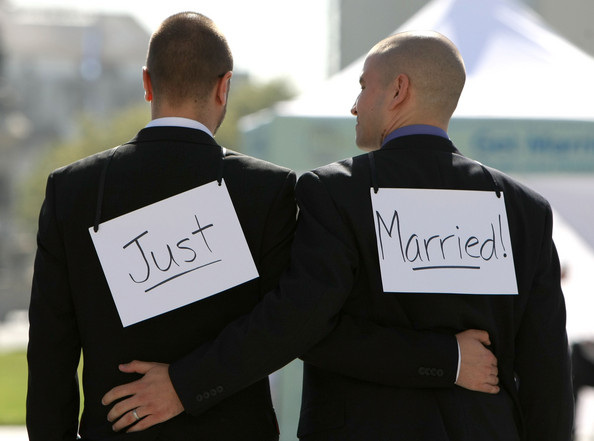

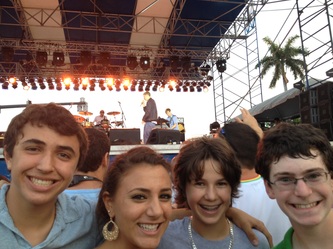


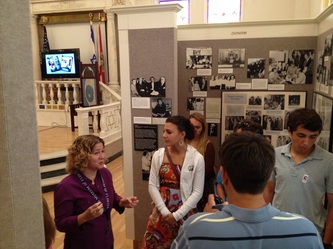
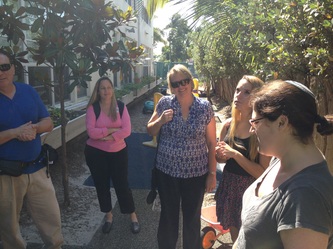

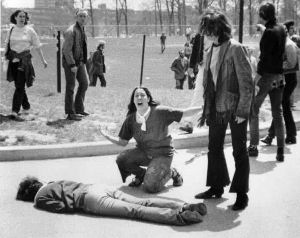

 RSS Feed
RSS Feed
